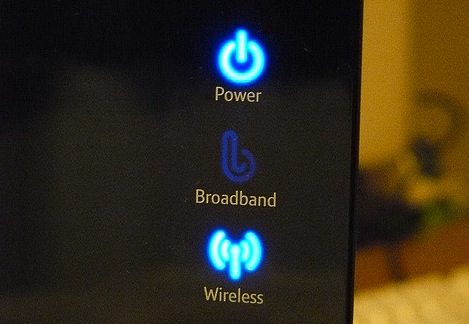Jul 6, 2012
Consumers and startups to be affected by metered broadband

As more people are looking forward to a future overflowing with data—Facebook, Twitter, Netflix, YouTube, a seemingly limitless number of websites, and more—broadband providers are looking to limit the amount of data they provide. And with those limits will come new—and most likely higher—prices.
Data caps aren’t new—they have been widely implemented by wireless providers—but they haven’t been widely implemented among traditional broadband providers. Now, that seems to be changing. Many providers complain that their network is overloaded, and that the costs of upgrading it to handle the added traffic are prohibitive. To maintain a quality service for their customers, providers say they have to raise prices.
Unfortunately, it’s not that clear cut, said Shane Greenstein, a professor of management and strategy and expert on internet economics. There are a number of issues clouding the matter, one of which is time of day. Overuse “usually does not matter most of the day. It generally only matters between 7 PM and 10 PM, when use is highest,” he said. “The usual justification for usage based pricing (or caps, for that matter) appear quite weak outside the 7 to 10 PM window.”
Another is that usually only a few people are stressing the network, Greenstein added. The majority of users demand relatively little, but in cable networks like the kind run by Time Warner and Comcast, heavy users slow speeds for others. It’s a shortcoming of the technology, and not one shared by fiber-to-the-home and DSL. Capping the heaviest users, or making them pay more, could alleviate congestion, but such policies would need to apply only to only the heaviest users.
The third issue muddling the debate over tiered pricing is that most people wouldn’t know how to determine their usage is in the first place. “It is not clear that users know what they use, or have any idea how their data use translates into services,” Greenstein said. “It is not as if data is gas, and broadband apps come with a miles per gallon rating, and all users can estimate how much data their app will use.”
Should data caps and tiered pricing become the norm, it’s not clear whether the added revenue will change substantially the amount a provider invests in their network, either. “Will that change the investment for the firm?” Greenstein asked. “Probably, but it also will change the salaries for executives and employees, the stock price and dividend, and the amount of ad spending. Most certainly a one dollar increase in revenue will not lead to a one dollar increase in investment, but what is the fraction? I’m not sure.”
Consumers aren’t the only ones who will pay if providers start limiting data usage. Startups could be squeezed by data caps, too. Though some experts aren’t sure startups will suffer—they point to the proliferation of apps on smartphones as an example—others are more pessimistic, Greenstein said.
“The pessimists worry that tiered pricing shapes user behavior, so by definition, it certainly will shape the thinking of app providers and new entrepreneurs,” he pointed out. “This view does not worry about Netflix and Hulu, but does worry about the dozens of firms trying to imitate them and develop new and improved services. One of those might be big three years from now.”
“It is good for society to have a variety of these commercial experiments take place,” Greenstein said. “Odds are against most of these startups. Tiered pricing will add one more thing.”
Photo by beefy_n1.